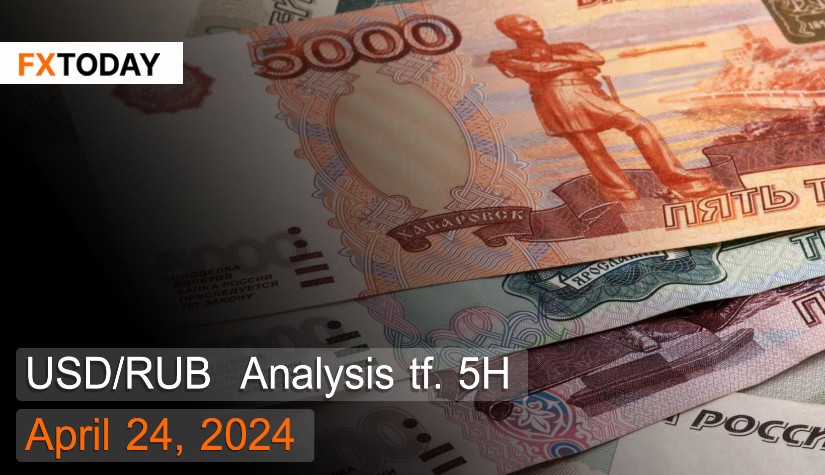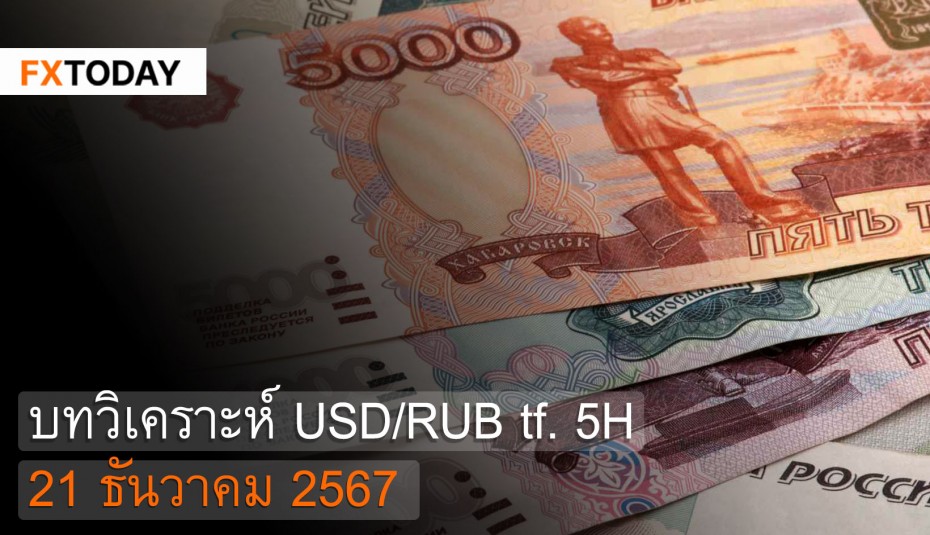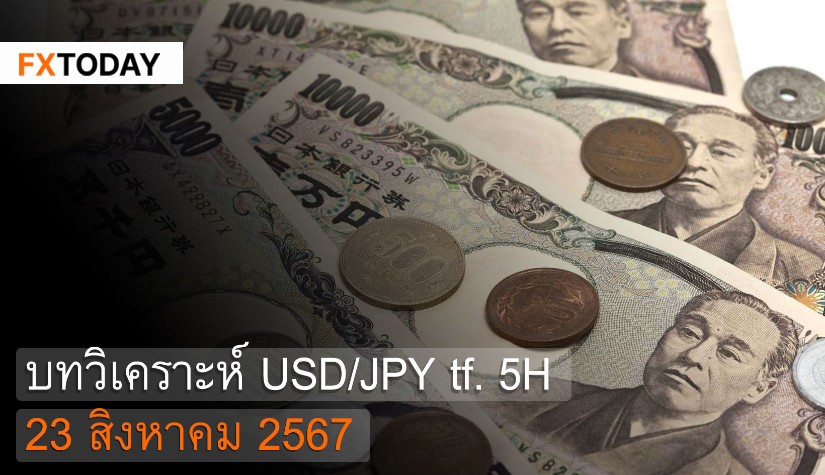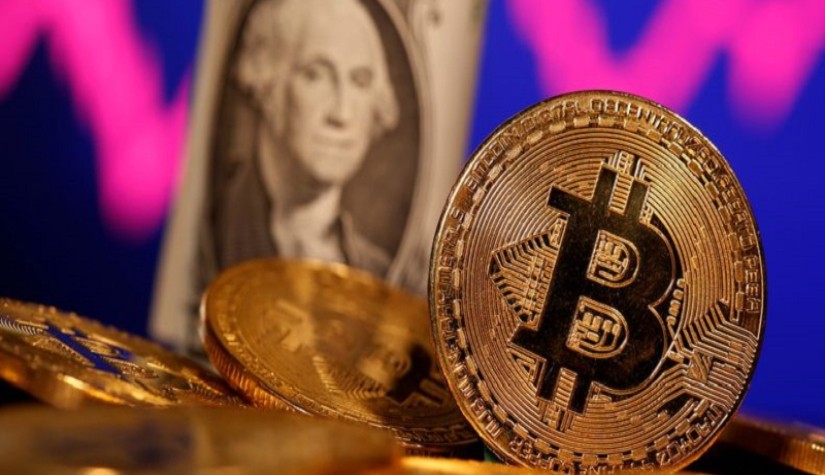The inflation rate in Russia may increase again.
The Russian ruble's exchange rate has stabilized at around 92 rubles per US dollar, recovering from its lowest level in six months. This recovery has been bolstered by the Russian government's policy of requiring major exporters to convert at least 90% of their foreign currency earnings into rubles from the end of April until the end of 2024, aiming to support the currency in a country facing pressure from economic sanctions.
The inflation rate in Russia remains stable at 7.7% on an annual basis as of March, aligning with market expectations. However, inflationary pressures persist due to continuous increases in service sector prices and food prices. The underlying inflation rate, excluding energy and food prices, has risen to 7.8% from 7.6% in the previous month.
Despite a 19.1% decrease in producer inflation in March, the overall inflation forecast within the country remains high, driven by recent increases. Additionally, rising fuel prices continue to be a significant factor pushing inflation upward.
Unemployment in Russia decreased to 2.8% in March, lower than market expectations of 2.9%. This decrease aligns with the Central Bank of Russia's statement of increasing recruitment efforts to combat the growing labor shortage. Moreover, increased migration of working-age individuals will have long-term negative effects on the overall economy. The number of unemployed decreased by 41,000 to 2.109 million.
The Russian central government recorded a budget deficit of approximately 607 billion rubles in the first quarter of 2024, down from a deficit of 2.086 trillion rubles in the same period the previous year. This reduction is attributed to a 53.5% increase in government revenue to 8.719 trillion rubles, mainly due to higher oil prices. Additionally, the depreciation of the ruble and supply chain adjustments in response to Western sanctions led to increased revenue from oil and gas by 79.1% to 2.928 trillion rubles compared to the previous year. Furthermore, tax collection and a growing economy after the crisis led to a 43% increase in non-energy revenue to 5.791 trillion rubles. Conversely, expenditures increased by 20.1% to 9.326 trillion rubles, primarily due to continuous support for countering aggression from Ukraine.
Techical analysis data (5H)
Resistance: 92.6927, 92.9105, 93.0687
Source: Investing.com
Buy/Long 1: If the price touches support in the price range of 92.1585 - 92.3167 but cannot break the support at 92.3167, you may set a TP at approximately 92.9105 and SL at around 91.9407 or according to your acceptable risk.
Buy/Long 2: If the price breaks the resistance in the price range of 92.6927 - 92.9105, you may set a TP at approximately 93.0687 and SL at around 92.1585 or according to your acceptable risk.
Sell/Short 1: If the price touches resistance in the price range of 92.6927 - 92.9105 but cannot break the resistance at 92.6927, you may set a TP at approximately 92.1585 and SL at around 93.0687 or according to your acceptable risk.
Sell/Short 2: If the price breaks the support in the price range of 92.1585 - 92.3167, you may set a TP at approximately 91.9407 and SL at around 92.9105 or according to your acceptable risk.
Pivot point April 24, 2024 08:06 PM. GMT+7
|
Name
|
S3
|
S2
|
S1
|
Pivot Points
|
R1
|
R2
|
R3
|
| Classic | 91.9407 | 92.1585 | 92.3167 | 92.5345 | 92.6927 | 92.9105 | 93.0687 |
| Fibonacci | 92.1585 | 92.3021 | 92.3909 | 92.5345 | 92.6781 | 92.7669 | 92.9105 |
| Camarilla | 92.3715 | 92.406 | 92.4404 | 92.5345 | 92.5094 | 92.5438 | 92.5783 |
| Woodie's | 91.9109 | 92.1436 | 92.2869 | 92.5196 | 92.6629 | 92.8956 | 93.0389 |
| DeMark's | - | - | 92.2376 | 92.495 | 92.6136 | - | - |
















